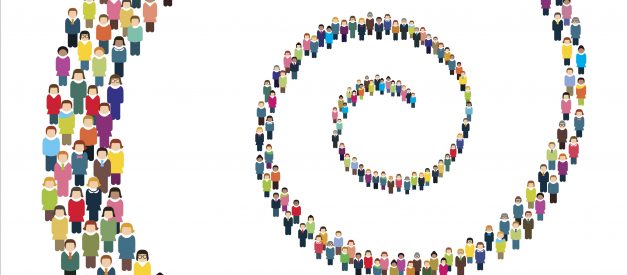
In this article we cover an overview of Ken Wilber?s version of Spiral Dynamics and how it can be used to understand the motivation, development and functioning of people, cultures and organisations.
We believe, that Spiral Dynamics is an effective model to understand the value systems and factors that drive where leaders and their organisations want to go, where they are now and what influences their current organisational values, practices and processes.
To support our understanding of Spiral Dynamics, we cover some of the key points and insights, from the ground breaking book, called Reinventing Organizations, by Frederic Laloux.
When I read Frederic Laloux?s book, in 2015, it was immensely inspiring to read about the real-world examples of organisations, functioning from the different stages of Spiral Dynamics.
Organisations can be a place in which all employees achieve their potential, whilst benefiting others in a meaningful way.
If you are looking for an overview of this topic and a summary of the Spiral Dynamics levels, jump to the Summary section below.
Background
Ken Wilber, the American writer on transpersonal psychology and his own integral theory, has used and popularised Spiral Dynamics in his work.
Spiral Dynamics was developed by Don E. Beck and Cristopher Cowan, based on the pioneering work of developmental psychologist Clare W. Graves.
Spiral Dynamics is a model and language which describes the development of people, organisations and society. It helps us understand the value systems (what they care about and what motivates them) of different people and organisations, as they move through distinct stages of development.
Importantly people?s value systems represent the way in which they adapt to thrive in their environment. The theory provides an understanding of how people and the environment change through these distinct stages.
Spiral dynamics can therefore be used to analyse the interaction between people and their work environment. We can better understand what drives or influences people?s thoughts and behaviour.
A basic version of Ken Wilber?s adaption of the Spiral Dynamics model, for his Integral Theory, is included below. This image provides a description of each stage and its related value system.
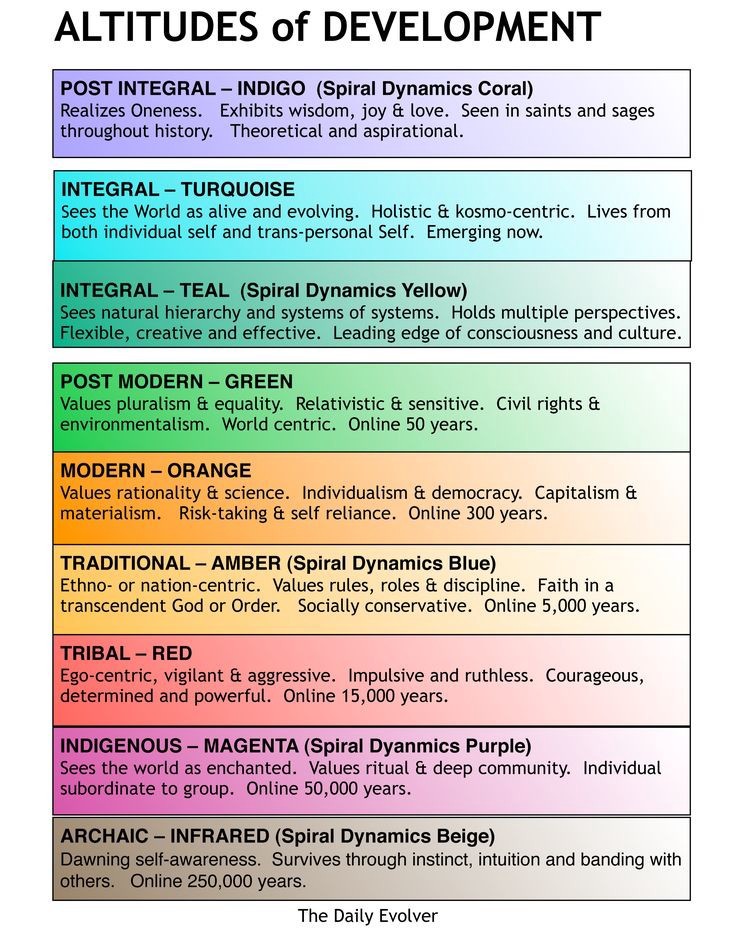
Development happens through each value system in sequence.
In this article we will cover each stage all the way to Teal.
Specific contexts require functioning from specific stages of development
The intention of this model of development, is not to say that any stage is better than another. Each stage?s value system, fulfils its own function, in the right environment. The aim of using this model is about understanding how we can better understand what drives people?s thoughts and behaviour; how we can interact with others; how our values relate to these stages; how we can understand and relate to different organisational environments; and importantly whether the development we are seeking or providing, is right for what we, others or the organisation, want to accomplish.
This model is an abstraction like any other. We can use it to gain a better understanding of a complex reality, but it is not the be all and end all.
As individuals we do not operate solely from one level. As we reach each stage we transcend and include all the stages before the current level. Laloux puts it perfectly with: ?in a specific moment a person operates from one type of paradigm?. Each development stage is well suited for certain contexts.
We often vertically grow to the next stage through significant challenges or adversity ? when our current worldview does not provide us with what we need to solve what we face. This is where adopting a growth mindset makes people more resourceful and more able to see challenges as opportunities to grow. For more on growth mindset see here.
As we grow our awareness changes and we pay attention to different things. We become less defensive; more tolerant to and able to handle diversity. We shift from being reactive to more reflective and responsive. We become more sensitive, yet less tormented due to our mindset, enhanced resourcefulness and ability to interact with others.
Our ability to make sense of and impact a wider world opens up.
It is important to consider that there are different dimensions to our development including cognitive, psychological, social, spiritual, etc. We rarely develop at the same pace in each of these dimensions.
An organisation is categorised into a stage of development based on its structure, practices and culture. Taken together, these elements tend to relate to one stage?s value system, more than the other stages.
Development cannot be taught, coaxed or forced upon an individual, instead it is about designing the environment so that it promotes and catalyses what is needed to trigger development.
First tier consciousness (Red, Amber, Orange & Green)
First tier consciousness is related to seeing the world through a lens of scarcity and considering that my worldview is the one and only valid view.
Red (Impulsive) ? Wolfpack
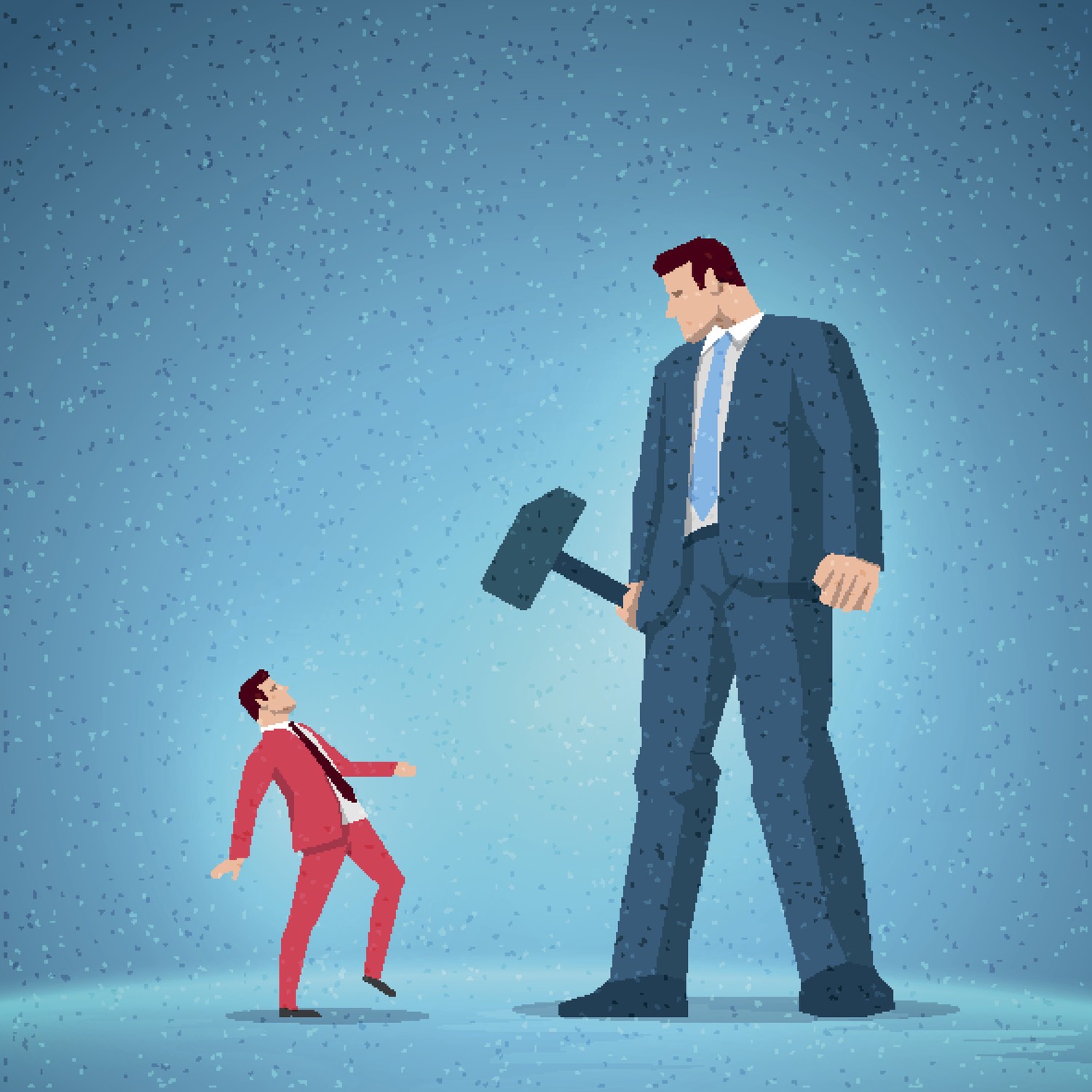
Laloux writes that the first forms of organisational life appeared approximately 10,000 years ago ? Red organisations (Impulsive). These organisations are often tribal and have a value system which is very opportunistic and focused meeting needs via exerting power or submitting to a more powerful organisation to get needs met (egocentric ? it?s all about me and my needs).
There is a chief at the top who constantly exercises their power and leads through fear. Red organisations thrive in unstable, chaotic environments like war zones, but are very fragile and tend to break down in more stable environments, where planning and strategy are required. These organisations are reactive and have a very short-term focus.
Examples of today?s Red organisations are street gangs and mafias.
Amber (Conformist) ? Army
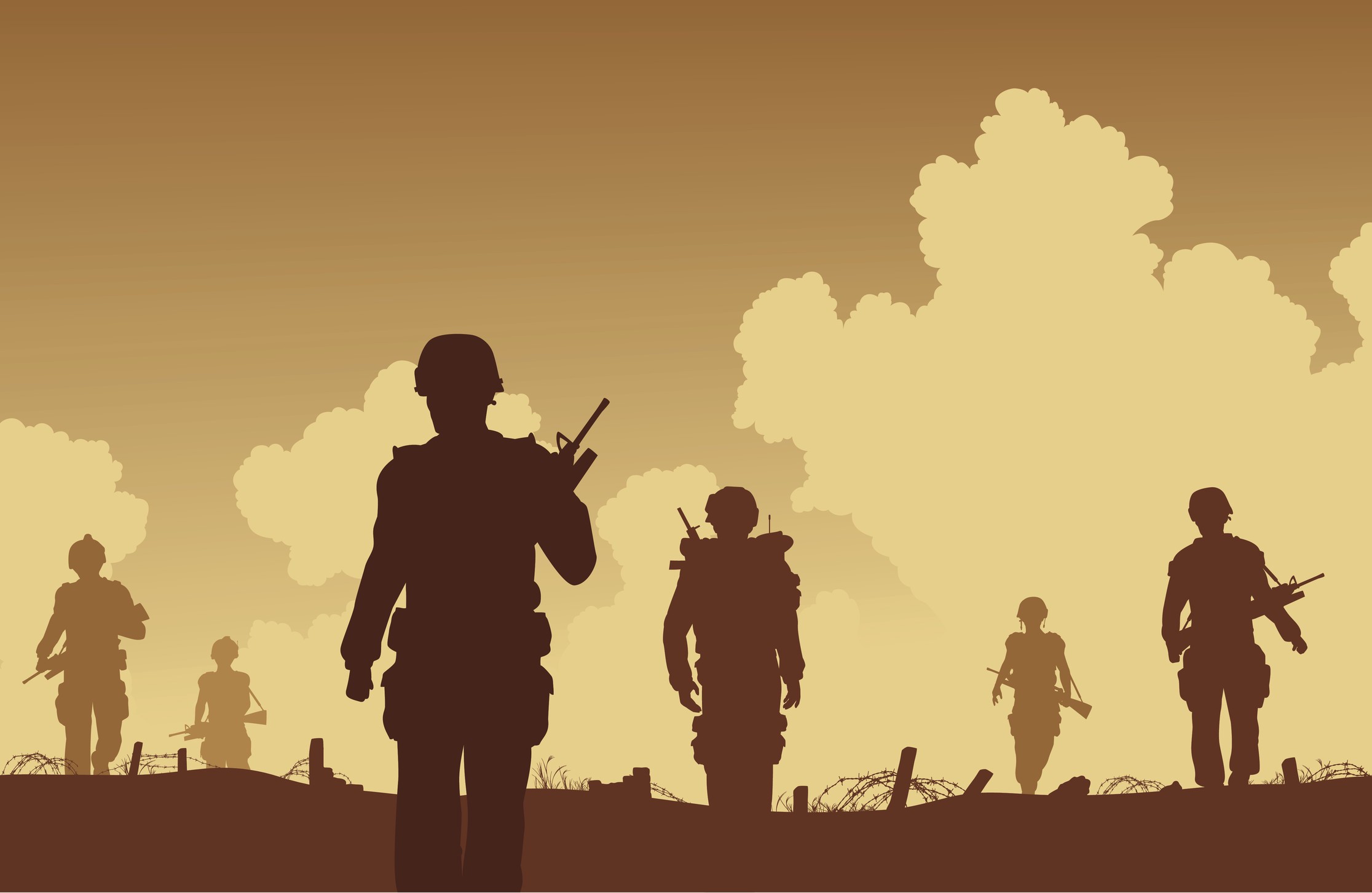
It is thought that a large percentage of today?s population are in the Amber (Conformist) stage of development. In this stage people start to understand cause and effect and can exert the required self-control to plan ahead. People also have a more awareness of other people?s feelings, perceptions and needs. This means that sense of self-worth is often based on the opinions of others.
People want to feel accepted, to gain recognition and a sense of belonging.
The Red, ?my way or your way? (egocentric) becomes an Amber ?us or them? (ethnocentric). People?s concern is on them and their group but not on people outside the group.
Authority is now linked to a role and not just one individual (as it is in the Red stage). People and organisations in the Amber stage seek stability and predictability. They plan ahead and tend to have strict hierarchies with many levels (rigid pyramid).
Laloux provides the Catholic Church as the defining example of an Amber organisation in the Western world, with other examples being government agencies, public schools and the military.
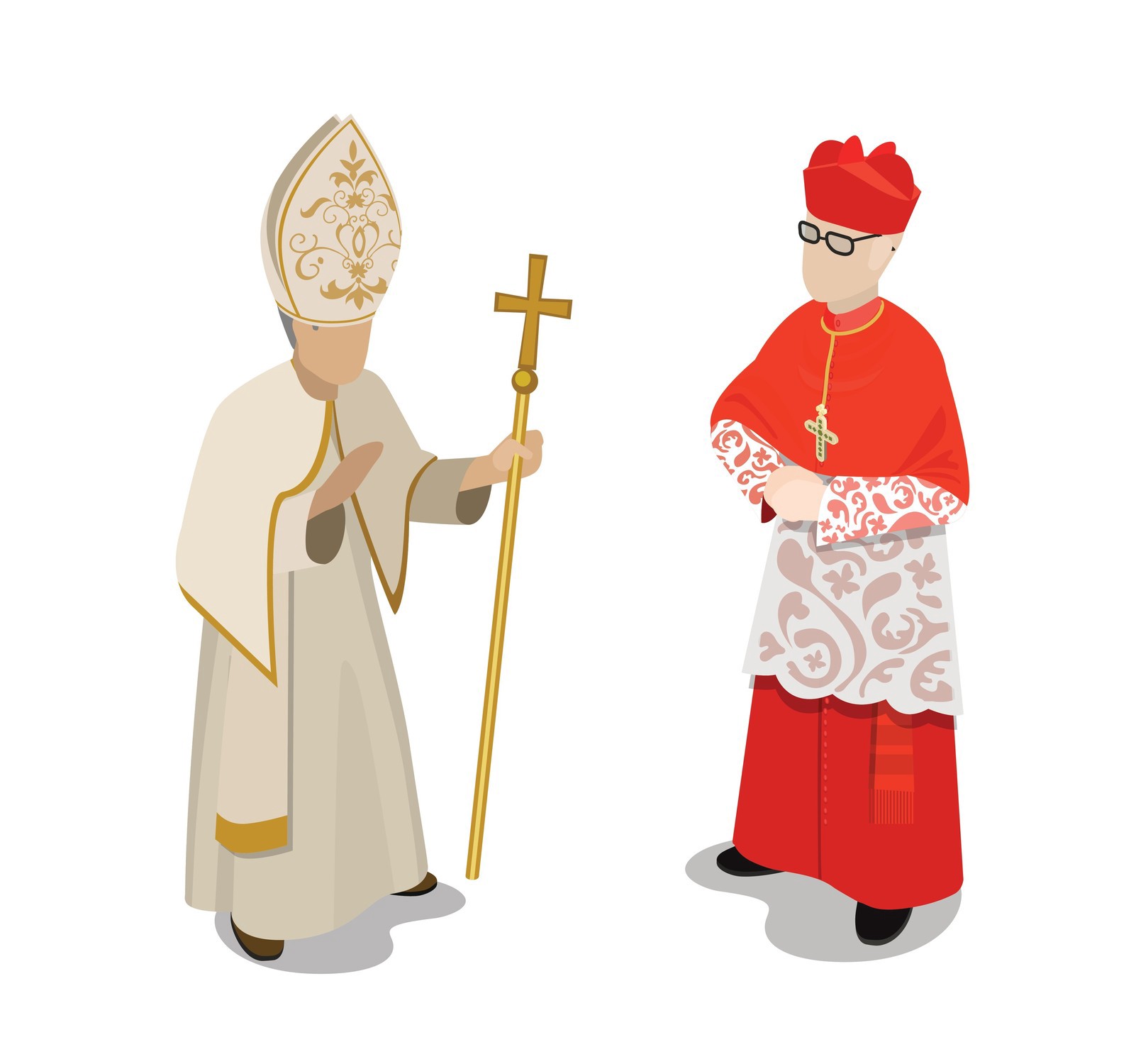
Power structures in the rigid pyramid of Amber organisations often change as people battle for influence. A long list of rules and morals is created to ensure conformity and people are rewarded for the following these or otherwise punished.
Therefore, to aid the transition from Red to Amber, it helps to embed rules that help to manage the impulse of purely satisfying instant gratification.
Amber organisations find change particularly hard and will resist it.
Importantly, Amber organisations tend to see worker?s as lazy, dishonest and in need of clear direction (like Douglas McGregor?s Theory X).
Amber organisations see people as dispensable and little consideration is given towards their development.
People often work in silos which very little communication across the silos (a major issue I tackled, when working with Business Process Management, in large organisations).
Orange (Achievement) ? Machine
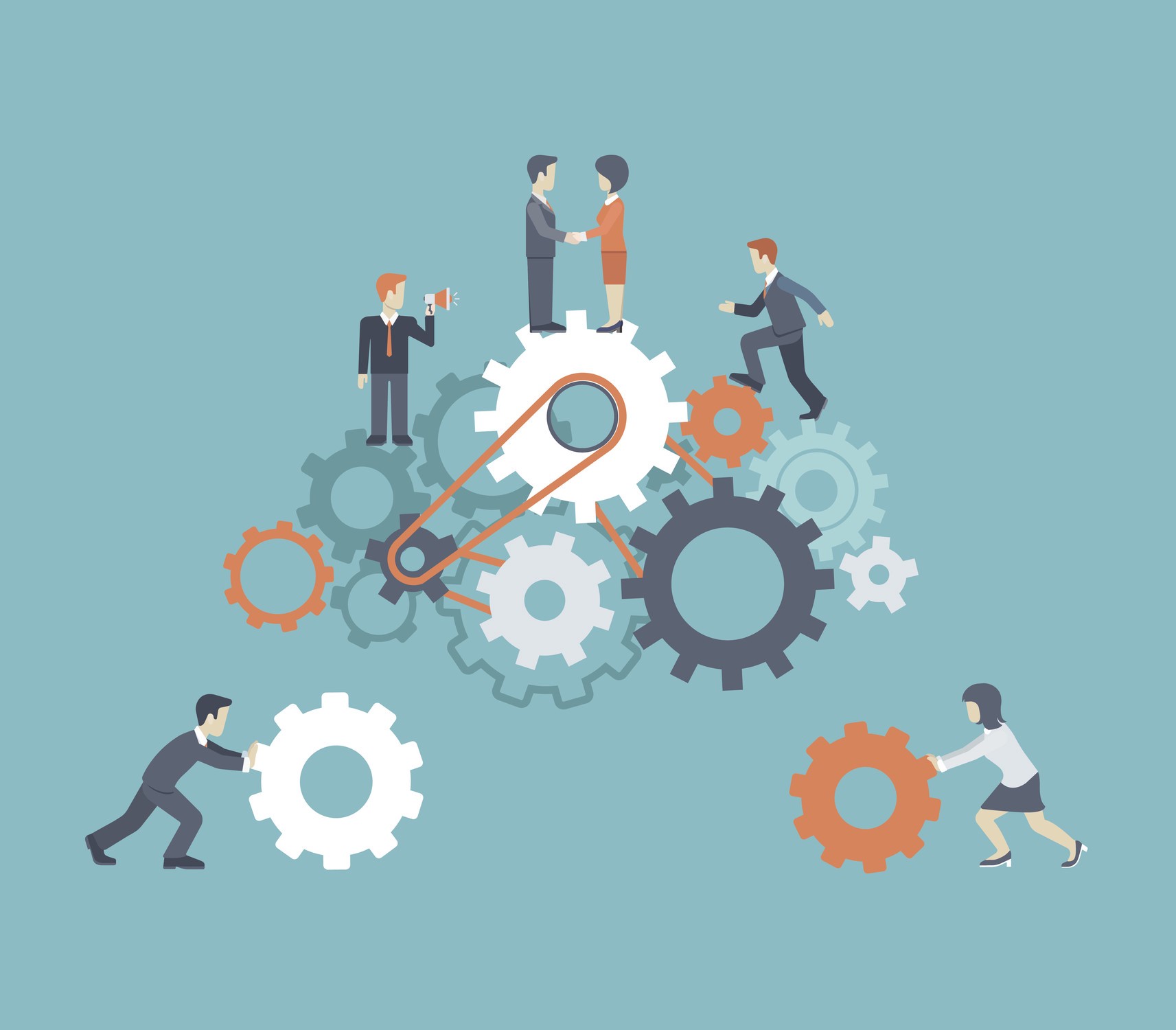
Laloux considers that the Orange (Achievement) world view is shared by most of today?s leaders in business and politics. Hence most global organisations function from this value system. In this stage of development, effectiveness replaces morals in decision making. People and organisations live in the future and value growth for growths sake (what?s next to achieve, gain, purchase?).
People and organisations strive to gain the best outcomes possible. People question authority and current ways of doing things with the aim of better understanding the complex mechanics of the world (world centric). People want to gain the right answer, to achieve more, with the hope of making it to the top, in a socially accepted way.
Science replaces religion.
The Orange level of development brought innovation, accountability and meritocracy. Orange organisations still tend to have a pyramid hierarchy, although this is less pronounced due to initiatives such as project groups, cross-functional teams and expert roles.
There is sometimes more empowerment of the employees through management by objectives (here is the ?what?, you figure out the ?how?). Although this often fails due to fear of failure. Leader?s fear to give up control often results in a lack of trust which also means they do not give decision making power to others.
Negative impacts of Orange value systems include materialism, greed, a short-term view, over-consumption and exploiting planet earth and her ecosystems.

Leadership at this stage, often focuses on extrinsic motivation (carrot vs. stick in Red organisations) and promotes the achievement of goals over building relationships (loss of community). Individual performance reviews promote an individual focus on achievement versus a collective effort. Rationality is valued over emotions and questions of meaning or purpose do not belong in such a culture. Individuals are often left with a sense of emptiness.
In Orange, organisations are seen as machines and the impact of this is that employees are seen as cogs in the machine and the organisational culture can be soulless.
Green (Pluralistic) ? Family

There is more to life than success or failure. This is the Green (Pluralistic) worldview.
In for-profit Orange organisations normally operate from a shareholder perspective. Green is sensitive to people?s feelings. This value system seeks things such as equal respect, fairness, equality, community and cooperation for all humans and not just the leader or tribe. Relationships are valued over outcomes.
In theory, the Leadership is focused on serving the employees so that the employee can serve the customers.
Green takes the orange?s theory of a world centric view and puts it into real practice.
Green is thought to be practiced today in non-profits, social workers, community activists but also in some very well-known global corporates like Southwest Airlines, Ben & Jerry?s, Starbucks and Zappos.
Empowerment
With Green, you might still have meritocratic hierarchies like in Orange, although the structure is more decentralised and more of the decisions are given to the employees to make. The employees get the ?what? from above and find out the ?how? themselves, as they are often more in touch with what is needed, how to innovate and what the best viable solutions would be.
This is particularly hard for top and many middle managers as they need to relinquish more of their control.
It is also important for new leaders. For example, how can they enable and teach an employee to fulfil a specialist role, that the new leader performed before, themselves? Especially when the new leader is still the most qualified person in the team perform this role.
This requires a change in mindset (attitude) ? from problem solvers to servant leaders who listen, empower, motivate and develop their employees.
The results are employees who truly feel appreciated, a sense of belonging and empowerment to contribute.
Development of these leaders is therefore important to assist where necessary in forming the desired mindset and behaviours. Performance reviews are based on more of a 360 review and the leaders are held more accountable for the people they manage/lead.
Value driven with a clear purpose
A strong shared culture orientated around a shared, common purpose holds a green organisation together.
These values and purpose are not just as fad or focused around current hype as in an Orange organisation. They are not just posted on walls and mousepads. People really understand what they mean for them and the leaders act as true role models.
Values and purpose also replace many of the rules and polices that attempt to hold Orange organisations together.
Multiple stakeholders
Unlike Orange organisations, Green ones have no hierarchy among their stakeholders, whom consist of not just shareholders, but to all employees, customers and the way to society at large and the environment. Social responsibility is an integral part of that they do not just a CSR stunt.
These organisations truly strive to become better corporate citizens and to improve work life that represents more a family or village feel than a machine as in Orange.
Leadership can help an organisation and its employees function from a Green stage instead of Orange by creating the right structure, processes and value driven culture. This will influence the behaviour of the employees and help them to develop.
For example, how can we support an executive and their HR team in changing their performance review system to make it more focused on collaborative or team-based performance instead of being purely based on individual performance?
Interestingly, many of the key findings regarding the factors that Millennials look for in work, are related to a Green value system.
Second tier consciousness (Teal and above)
Second tier consciousness is related to seeing the world through a lens of abundance and being aware that my worldview, is not the only valid one and therefore I recognise and respect the value system of others.
Teal (Evolutionary) ? Living Organisations
?A capacity to trust the abundance of life?.
At the Teal stage, there is a shift from fear and scarcity to trust and abundance. This decreases our need to control everything.
This is related to the adoption of a growth mindset. We learn that adversity, mistakes and failures provide opportunities to grow and develop. This helps us to better deal with such events/experiences, whilst developing creativity and innovation. We also gain the ability to learn about ourselves and the world, from such events/experiences. Read more about a Growth Mindset here.
Living a meaningful life and being clear on how we positively contribute to others becomes our driving force. If we receive recognition, wealth and success as a result this is a bonus but not the pursuit.
We look inwards to learn more about what we value, our strengths and our sense of purpose. So that we can live authentically in the pursuit of our calling.
There is less judgement and more appreciation and compassion. Appreciative Inquiry is a good example of a process that supports this. In a team or organisation, having more awareness of each other?s strengths is another example.
From a Teal perspective, when making decisions we seek to different sources of knowing. In Orange, we can get up in just our rational and analytical abilities. In Green, we can focus too much on how we feel and avoid any rationality. In Teal, we look to get a balanced sense of understanding, using both rational and our intuition and ?gut feeling?.
Wholeness
In Teal we bring together all parts of ourselves, the mind, body and soul and we also become aware that we as humans, are also connected and a part of a whole. A sense of separation which plagues most corporate organisations is eliminated. We all come together, as a community, around a common purpose.
Purpose
The organisation is seen as a living entity with its own sense of purpose, linked to how it positively serves others. This purpose drives everything. A Teal organisation focuses on the value it provides over its bottom line. You can read more about purpose here and the science of meaning and purpose here.
Self-management
The organisation can operate effectively with peer relationships instead of strict hierarchies and consensus. This is similar to Sociocracy. The advice process is used for decision making which means that any person in the organisation can decide themselves. As long as they have sought advice from all stakeholders impacted by the decision, in addition to necessary people with expertise in this area. Where needed, coaches with more experience or specialised skills, provide input and support.
There is a minimum of staff functions (e.g. HR, IT or Purchasing) and instead people work in self organised teams and fulfil several roles, that they have agreed and committed to. There is also an agile way of working, with little planning and budgets.
Due to the removal of the strict hierarchy, the number of meetings is also minimal and apart from some key meetings (align, make decisions), all other meetings are on an ad hoc basis and occur when the need is there. Therefore, the transition to this value system, immediately removes the unnecessary, productivity sapping meetings, that many people attend (recurring meetings where there is no clear objective, agenda or clear next actions).
There is much more transparency and information sharing across the organisation, which helps to build trust. When conflicts do occur, there is a simple approach to conflict management.
Being self-managed can provide a very challenging way to work, especially if you have been working in an Orange organisation for most of your working career. Here is an article by HBR on some of the challenges of self-management. As you may note in this article, one missing point is that there is no mention of the environment required to make self-management effective and less stressful. The required environment is what the Teal value system provides.
In the transition from Green to Teal, we become more aware of how our ego driven fears and desires drive much of our thoughts, feelings and behaviour. We learn how to better self-manage these fears and desires whilst being able to tap into our feelings and intuition.
Companies working from a Teal worldview include: Patagonia, Buurtzorg, ESBZ, FAVI, AES, Heiligenfeld, Holacracy, Morning Star, RHD and Sounds True.
Summary
In increasing our awareness of how individuals and organisations develop, we can better understand what drives people?s thoughts and behaviour; how we can best interact with others; how we can understand and relate to different organisational environments; and importantly whether the development we are seeking or providing, is right for what we, others or the organisation, want to accomplish.
We can use an awareness of Spiral Dynamics to understand the development required by managers and leaders to build environments in which employees flourish and sustain high productivity, towards a meaningful purpose.
The stages are also not supposed to come across as getting better as you move up through the stages. For example, organisations in the Orange stage have caused more destruction to our planet than any organisation in the lower stages has.
Each stage is suited to certain contexts. If you find yourself in a war zone, functioning from the Red stage would be more effective, whilst in a peaceful and stable environment, Green or Teal would be ideal.
As individuals, we also think and act from different developmental stages due to life stages and circumstances. Losing our job might bring out thinking and behaviour from the Red system, whilst receiving sincere, supportive feedback and recognition from our manager, can help us move into the Green value system.
This model is an abstraction like any other, although we can use it to gain a better understanding of a complex reality, to enable ourselves and others to achieve more of what matters most.
Organisations can be a place in which all employees achieve their potential, whilst benefiting others in a meaningful way.
Here is a summary of the different stages, from Red to Teal.
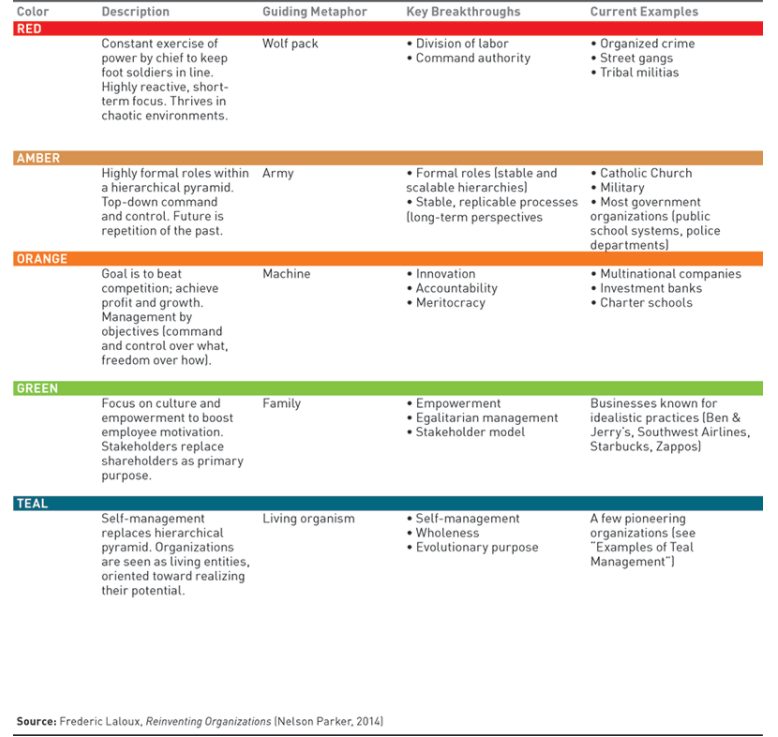
More resources:
- Reinventing Organisations Book
- Reinventing Organisations Wiki
- Ken Wilber?s Integral Theory
- Michael Stern?s interview with Frederic Laloux
